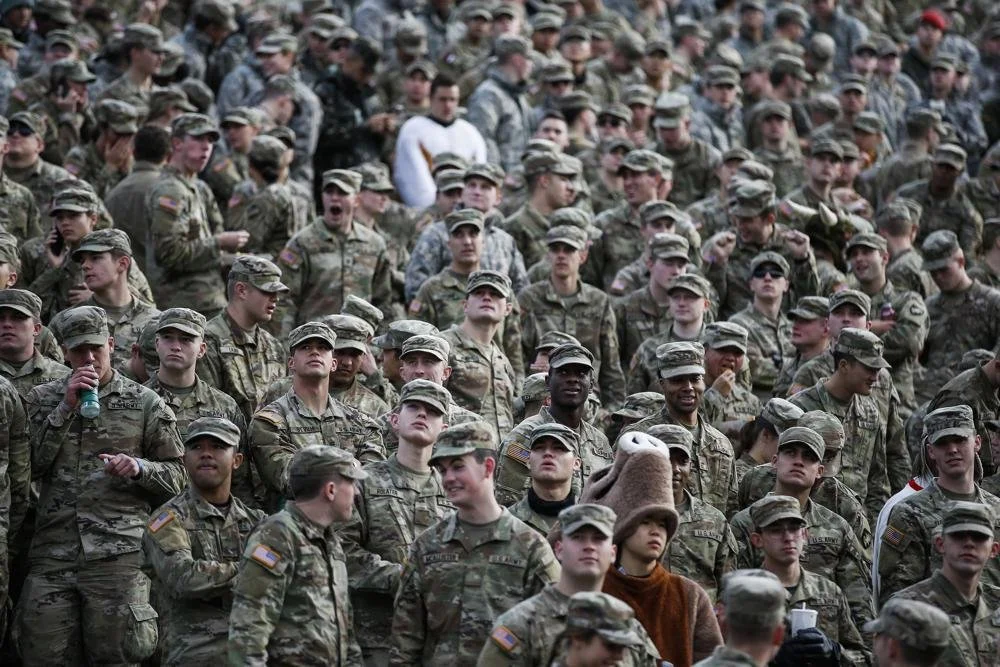Essay in Subwaygram
First edition of photobook by artist Chris Maliwat includes an essay by Aaron Morrison
Steadfast
For a system older than the Spanish flu, the last pandemic to leave an unfathomable amount of human destruction in its wake, New York City’s subway may be the world’s most indelible public resource.
With very few interruptions, it deposits and disburses humanity. Through plague, natural disaster, and man-made calamity, the system was designed to be steadfast and resolute in its purpose.
Boosters and hustlers. Evangelists and doomsdayers. Abusers and shooters. Whoever may lurk on its platforms, the subway’s trains arrive, open up, and issue polite instruction.
Stand clear of the closing doors, please.
Of course, the subway and its devotees are just as capable of spreading joy and hope as they are of triggering our anxiety and fears. The smile that spreads across our faces, masked or unmasked, when a father lovingly occupies the attention of his adorably dressed daughters until they can reach their destination. The second-hand confidence we feel when a fellow rider was meticulous in assembling that night-out ensemble.
And there are the laughs we get, the ones that momentarily pierce through our worries. The giggle that we have to stifle when we realize we’re sitting across from a bearded dragon that has its own luxurious carrier. The way we can’t wait to get above ground to tell someone about the Sailor Moon character sandwiched between two men who appear slovenly in comparison.
A safe ride for many of us requires a kind of hypnosis, a mental pendulum swinging between a state of daydream and alertness. That hypnosis makes almost bearable the forced physical closeness, the delays, or the bellowed sermons and “showtime” performances from which there seems no escape.
We’re our truest self in the subway. The system unmasks riders without removing face coverings, often with indifference.
It reveals the predators, the self-absorbed, and the bigots. It calls out to activists, first responders, and good Samaritans. And it watches as riders straddle the line of good and evil, measuring how brotherly we’ll be to each other in the short time that we must share space.
We’ll all get to where we’re going, even when the destination is unknown. We’ll endure.
Do not hold the doors.
This collection of images — moments that are otherwise blips in the expansive history of New York’s public transit system — shows how humanity grapples with daily life, unaware of what the ride has in store.
Yes, the coronavirus pandemic of 2020 greatly altered our existence. But the subway has to be impervious in the ways that humans are not.
For that reason, Chris Maliwat’s Subwaygram is prescient and a rare body of work. A historical record, a testimony of our values, a parable of inequality. Moments worth preserving and studying.
Maliwat wasn’t a safarist or an outside observer. A faithful subway rider himself, Maliwat bore witness to what most would otherwise miss in their routine commutes to work and back home. He told me the work was meditative — a way of working through his own anxieties and finding commonality with fellow riders.
For two years before the pandemic, Maliwat documented the spectrum between self- consciousness and un-self-consciousness: The “fair lady” seated with a glorious red crown of hair, eyes hidden by sunglasses with American flag frames. The couples seen in mid-embrace, perhaps their first or their last.
Do you love me? Am I cared for? Are you with me? Will you help me?
And for two years after the onset of the pandemic, Maliwat documented cautiousness and uncertainty: The woman seated below a public health warning, her eyes seeming to search for reassurance. The Black man found resting his eyes and wearing a “Stop killing us” mask, a message and desperate plea of the times.
I love you. I care about you. I’m with you. We’ll do this together.
The system has had to carry on because many of its riders do, too. When millions stayed home, walled off from the lurking virus, classes of working people weren’t afforded that same choice.
The shelf stockers, cooks, deliverers, and dashers. Innumerable categories of people for whom the subway is a lifeline.
The system also became treacherous for Asian New Yorkers, whether they were citizens, immigrants, or visitors. As some sought to place blame for the arrival of coronavirus, people of Chinese descent and other Asian identities faced an unrelenting barrage of hate and unprovoked attacks.
More than a year into the pandemic, Michelle Alyssa Go, a forty-year-old Asian American woman, was pushed in front of a Manhattan subway train to her death. Impacted communities banded together to fund taxi fare for riders who felt unsafe in that climate.
There is no vaccine for hatred and xenophobia, so we subway passengers must not look the other way in the face of such inhumanity. Morally, a riders’ fare must be higher.
Much like the image of the woman wearing all white signals – her seatmate is a container of pasta salad – a new normal will always emerge after periods of turmoil. But what lies ahead isn’t necessarily a rebirth.
The subway will continue pulling in, opening up, and giving polite instruction. But it is not the system that is steadfast and resolute on its own. It is we who must be those things.






